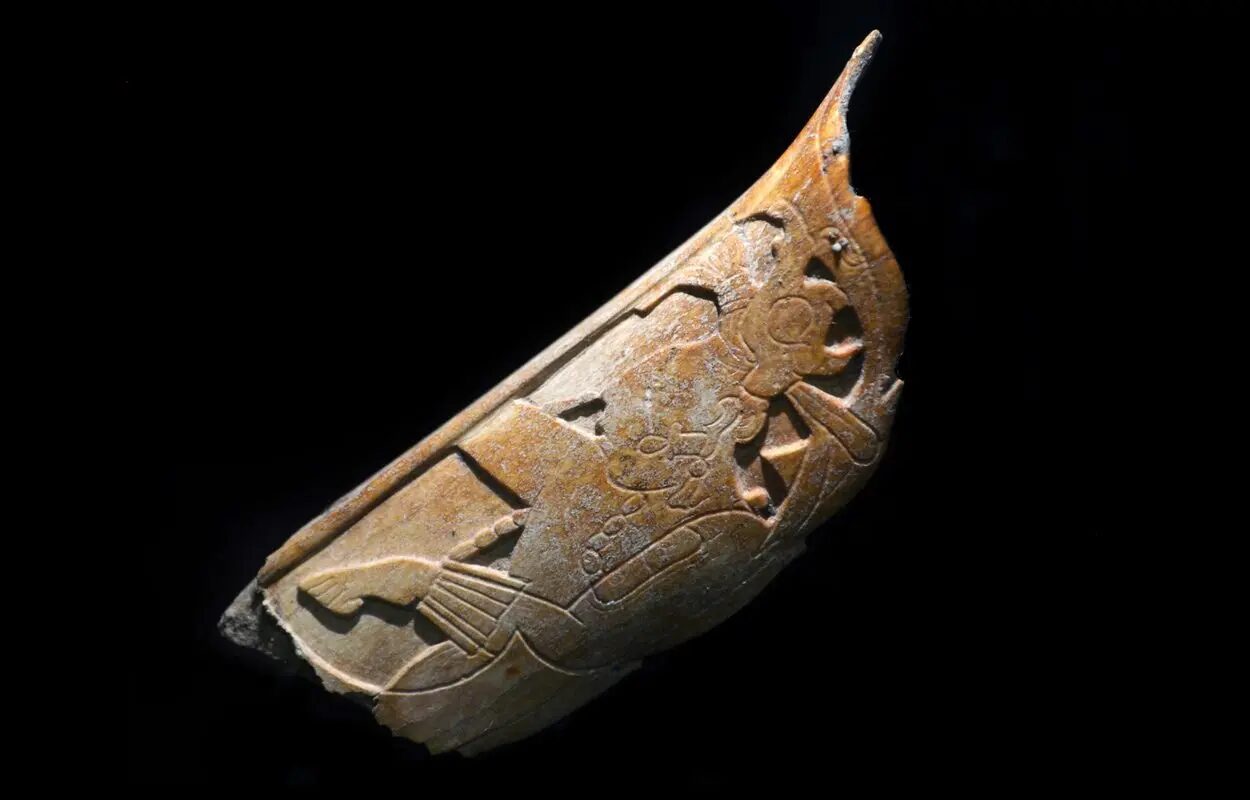OF THE
TIMES
I've had enough of someone else's propaganda. I'm for truth, no matter who tells it. I'm for justice, no matter who it's for or against. I'm a human being first and foremost, and as such I am for whoever and whatever benefits humanity as a whole.
My wife was reading about Edgar Cayce's work many years ago. I was struck by his prediction that Russia would emerge as the savior of the world,...
Parents! Parents! Parents! Parents!
ablackflag. You are not the only one who is here because creation created you. Culturally we all have our own origin story. As we are from the...
A case of shoot the messenger. I am not defending the abuses of our financial system, enshrined in law.
Highlander, What a sweetie.
To submit an article for publication, see our Submission Guidelines
Reader comments do not necessarily reflect the views of the volunteers, editors, and directors of SOTT.net or the Quantum Future Group.
Some icons on this site were created by: Afterglow, Aha-Soft, AntialiasFactory, artdesigner.lv, Artura, DailyOverview, Everaldo, GraphicsFuel, IconFactory, Iconka, IconShock, Icons-Land, i-love-icons, KDE-look.org, Klukeart, mugenb16, Map Icons Collection, PetshopBoxStudio, VisualPharm, wbeiruti, WebIconset
Powered by PikaJS 🐁 and In·Site
Original content © 2002-2024 by Sott.net/Signs of the Times. See: FAIR USE NOTICE

Comment: One might suppose that this find isn't necessarily a grim find, what with ancestor worship and what not, except that there's evidence showing that the Mayan civilisation was rather brutal even before it began to experience other stressors, such as that brought about by an abrupt shift in climate:
- Ancient Maya practiced 'total war' well before climate stress
- Ocomtún: Another long-lost Maya city discovered deep in the Mexican jungle
- Scientists solve mystery of how the Mayan calendar works
Also check out SOTT radio's: MindMatters: America Before: Comets, Catastrophes, Mounds and Mythology